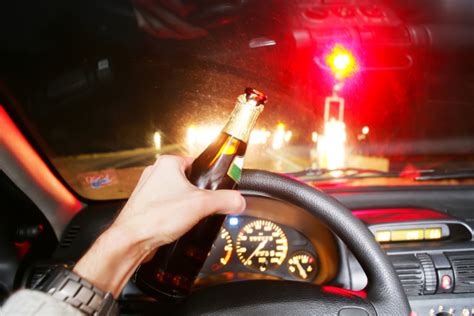Introduction

Driving under the influence of alcohol poses a grave threat to road safety. Statistics show a staggering number of alcohol-related crashes and fatalities each year, highlighting the urgent need to address this issue. This article explores the consequences of drinking and driving, examines the motivations behind it, and offers practical tips to avoid this dangerous practice.
The Sobering Statistics of Drunk Driving
According to the National Highway Traffic Safety Administration (NHTSA), in 2020, 11,654 people were killed in motor vehicle crashes involving a drunk driver. This accounts for nearly one-third of all traffic fatalities in the United States. The NHTSA also estimates that 2 million people in the United States were arrested for driving under the influence of alcohol or drugs in 2019.
The Pain Points of Drunk Driving
Drinking alcohol affects a person’s judgment, coordination, and reaction times, making them more likely to cause an accident. The consequences of drunk driving can be severe, both for the driver and others involved. These consequences may include:
- Legal Consequences: Drunk driving is a criminal offense, punishable by fines, jail time, and license suspension.
- Financial Consequences: Medical bills, legal fees, and car repairs associated with drunk driving accidents can be substantial.
- Emotional Consequences: Drunk driving accidents can cause severe injuries, trauma, and the loss of loved ones. The emotional toll on the driver, victims, and their families can be devastating.
The Motivations Behind Drunk Driving
Despite the risks, people engage in drunk driving for various reasons. Some of the most common motivations include:
- Social pressure: Drinking alcohol is often associated with social events, and some people feel pressured to drink even when they don’t want to.
- Misconceptions: Many people mistakenly believe they can drive safely after drinking a few drinks.
- Lack of alternatives: In some areas, transportation options are limited, making it difficult for people to get home after drinking.
Tips and Tricks to Avoid Drunk Driving
Preventing drunk driving requires a concerted effort from individuals, communities, and policymakers. Here are some tips and tricks to help avoid this dangerous practice:
- Plan ahead: Arrange a designated driver or use public transportation if you plan to drink.
- Know your limits: Be aware of how much alcohol you can consume without impairing your driving ability.
- Avoid peer pressure: Stand up to social pressure to drink if you don’t want to.
- Educate yourself: Learn about the risks of drunk driving and share that information with others.
- Support designated driver programs: Encourage your friends and family to volunteer as designated drivers.
Why It Matters
Avoiding drunk driving is crucial for the safety of our roads, our communities, and our loved ones. When we choose to not drink and drive, we:
- Reduce the risk of accidents: Drunk driving is a major contributing factor to traffic fatalities. By eliminating this risk, we make our roads safer for everyone.
- Protect our loved ones: Drunk driving accidents can have devastating consequences for victims and their families. By choosing to stay sober, we protect those we care about.
- Set a positive example: Young people are more likely to engage in drunk driving if they see adults doing it. By setting a good example, we can help prevent future generations from making this dangerous choice.
Conclusion
Drunk driving is a serious problem with devastating consequences. By understanding the risks, motivations, and tips for avoiding this practice, we can create a safer and more responsible driving environment for everyone. Remember, “None for the Road” is not just a slogan; it’s a commitment to the safety and well-being of ourselves and our communities.
Tables
Table 1: Alcohol-Related Traffic Fatalities
| Year | Fatalities | Percentage of Total Traffic Fatalities |
|---|---|---|
| 2010 | 10,228 | 31% |
| 2015 | 10,076 | 29% |
| 2020 | 11,654 | 31% |
Table 2: DUI Arrests in the United States
| Year | DUI Arrests | Rate per 100,000 Population |
|---|---|---|
| 2010 | 1.5 million | 515 |
| 2015 | 1.7 million | 563 |
| 2019 | 2 million | 617 |
Table 3: The Costs of Drunk Driving
| Type of Cost | Average Cost |
|---|---|
| Medical bills | $30,000-$50,000 |
| Property damage | $10,000-$50,000 |
| Legal fees | $5,000-$20,000 |
| Lost wages | $5,000-$50,000 |
Table 4: Benefits of Avoiding Drunk Driving
| Benefit | How It Benefits |
|---|---|
| Reduced risk of accidents | Protects drivers, passengers, pedestrians, and cyclists |
| Protection of loved ones | Prevents injuries, trauma, and the loss of life |
| Positive role modeling | Sets a good example for young people |
| Safer roads | Creates a more responsible and safer driving environment for everyone |
